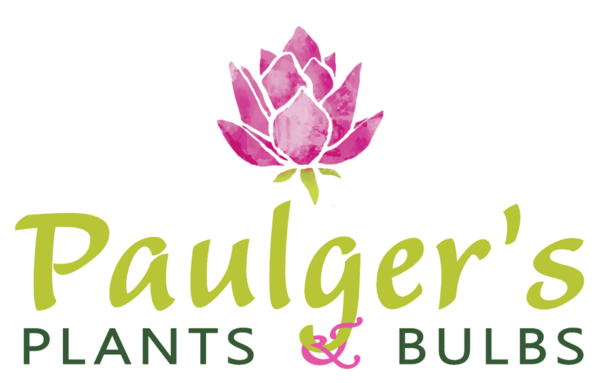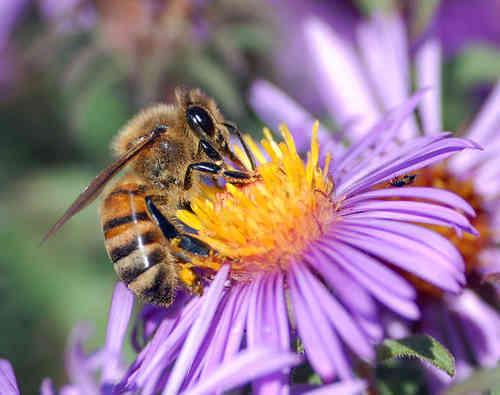How To Attract Pollinators
Original article by Seed Savers Exchange
Protect Existing Habitat
Before creating new habitat, boost native pollinator populations by protecting existing standing natural areas and green spaces. Consider leaving some areas of a property “wild” as un-manicured areas can provide alternate foraging and nesting sites. And make sure existing manicured and unmanaged green spaces are free of harmful pesticides.
Go Organic
Use pheromone traps, sticky traps, and trap crops (a crop planted to attract insect pests from another crop) to combat insect pests rather than synthetic chemicals, as many pesticides are toxic to bees and other beneficial organisms. By also applying the simple principles of ecological plant protection—such as feeding plants with organic manure and quality compost and removing weeds and infected plants—you can work with nature to control pests and diseases, enjoy a healthier garden and harvest, and protect pollinators and other beneficial insects.
Serve Up An Enticing Menu Year-Round
Planting a variety of ornamental flowering plants in open spaces around the perimeter or within the boundaries of a vegetable garden will promote native pollinator activity in the home garden. When selecting plants, choose native perennials or self-seeding annuals and avoid using non-native or invasive species. Plants that attract bees, and other pollinators, include: aster, bee balm (also called lemon mint), sage, verbena, and zinnias. Matching site conditions (sun/shade, wet/dry) to native ecosystems (prairie, wetlands, savanna, woodland) will further facilitate successful plantings that attract native pollinators. Local extension agencies can provide listings of ideal plants for your region and climate.
To ensure that the pollinators will have something to forage from spring through fall, select various natives that flower at different times throughout the growing season. Choosing plants with a variety of flower colors and shapes will also help attract an assortment of insects of a variety of sizes and foraging habits. Larger clusters of a plant species are better for attracting pollinators than several smaller clusters in and around the garden space.
Finally, don’t forget the water—all living things need it to survive. Install a water garden, a birdbath, or a catch-basin for rain.
Provide Resting/Nesting Spots
Bees, butterflies, and other pollinators need shelter to hide from predators, protect themselves from the elements, and rear their young. Nesting sites also promote the colonization of garden areas by pollinating insects. Let a hedgerow or part of your lawn grow wild. Allow a pile of grass cuttings or a log decompose in a sunny place on the ground. Keep a dead tree standing to create nooks for butterflies and solitary bees. Though many varieties of solitary bees are right at home making ground nests among plants, they will also nest in artificial habitats such as nesting blocks.
Attract Pollinators Without Sacrificing Varietal Purity
Plentiful pollinators benefit both the environment and food production, but increased pollinator activity can also interfere with a gardener’s attempts to produce seed that is true-to-type. Seed savers may use a variety of tactics to help maintain varietal purity—physical barriers, mechanical isolation through bagging or caging, isolation through distance, pollinator distractions, diversification of gardens, and hand-pollination.
This text is adapted from The Seed Garden: The Art and Practice of Seed Saving, edited by Lee Buttala and Shanyn Siegel and published by Seed Savers Exchange; “Native Pollinators in the Midwestern Seed Saving Garden,” an informational guide published by Seed Savers Exchange; and the United States Department of Agriculture/United States Forest Service website.


